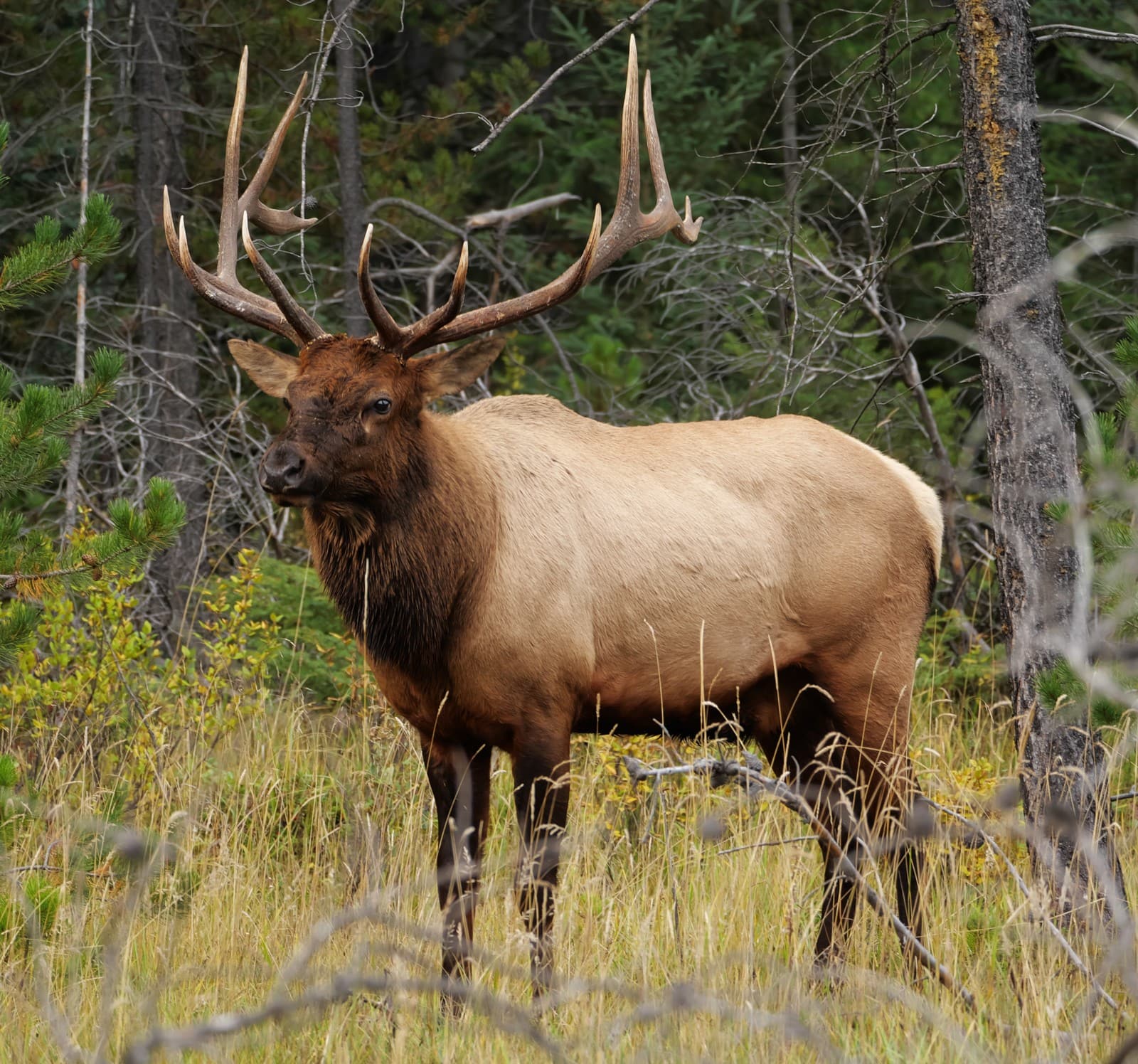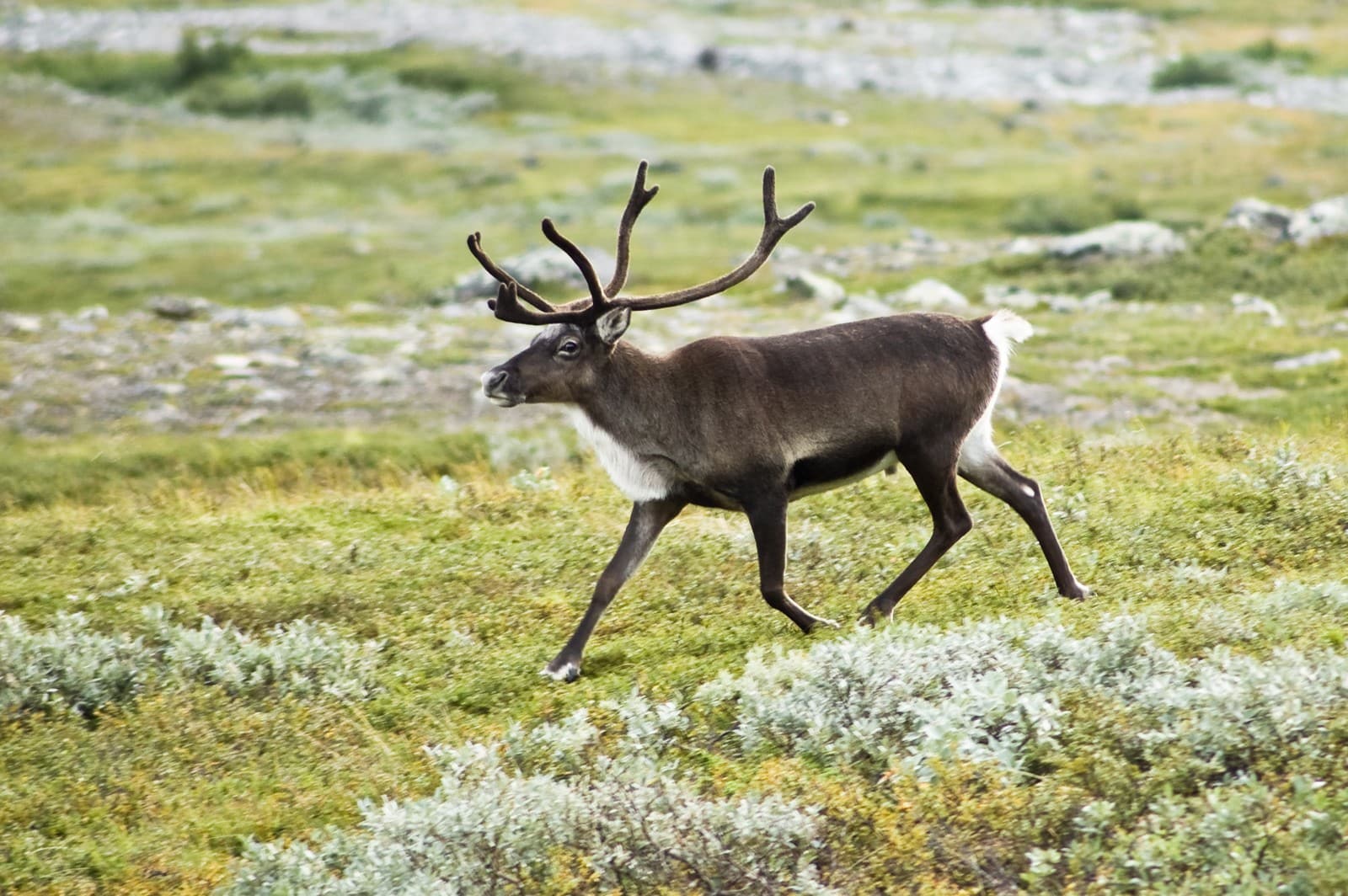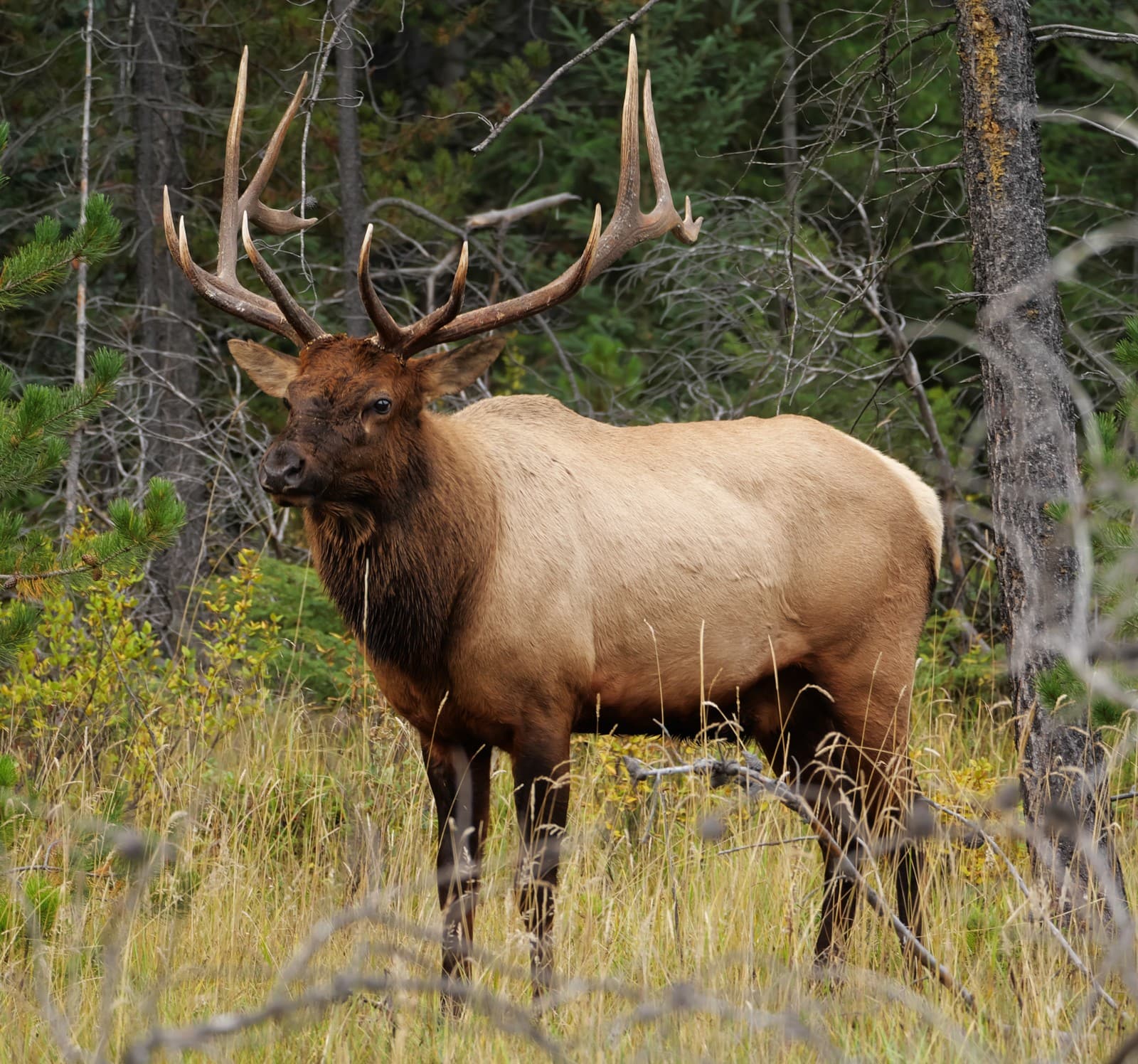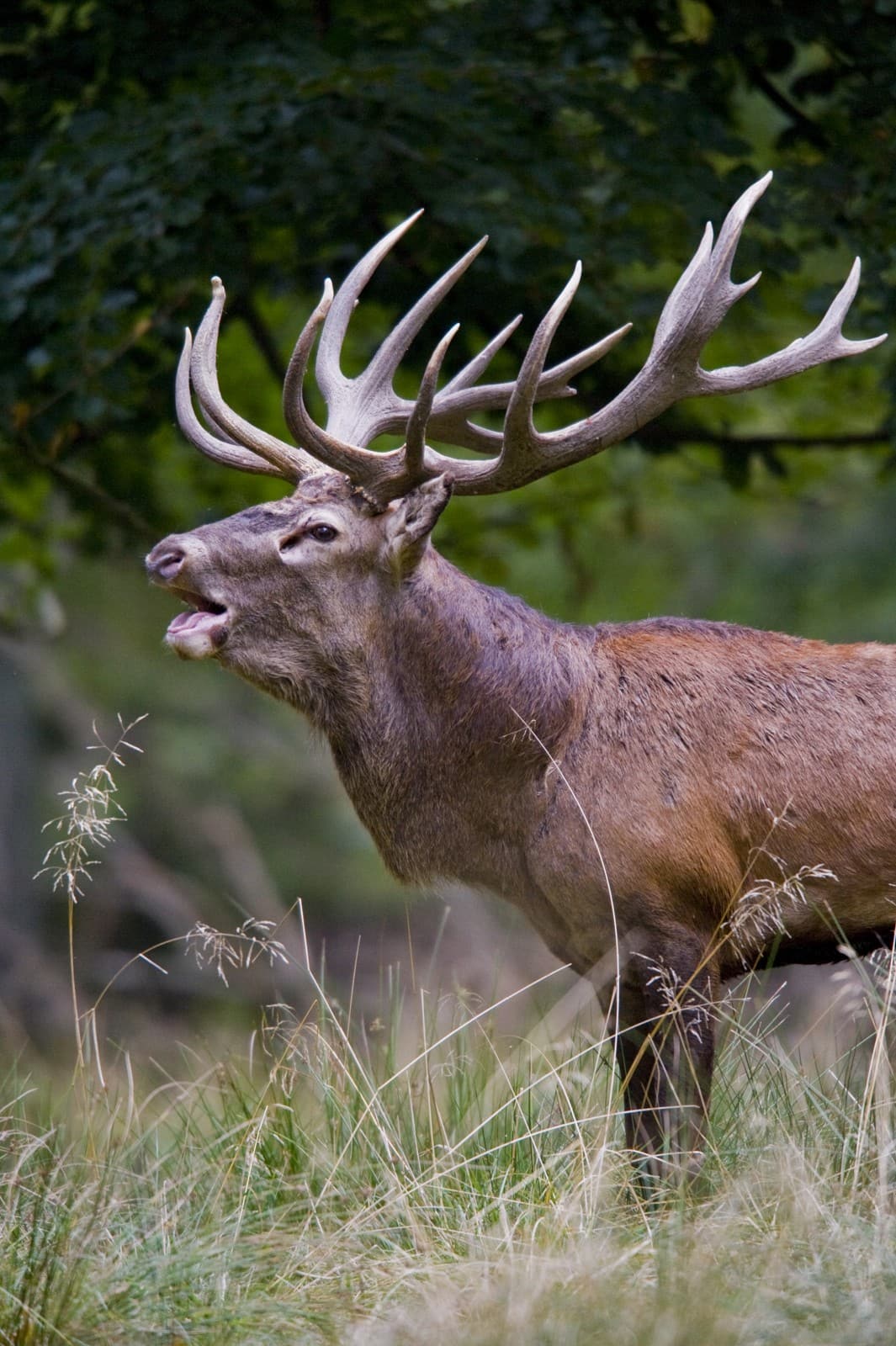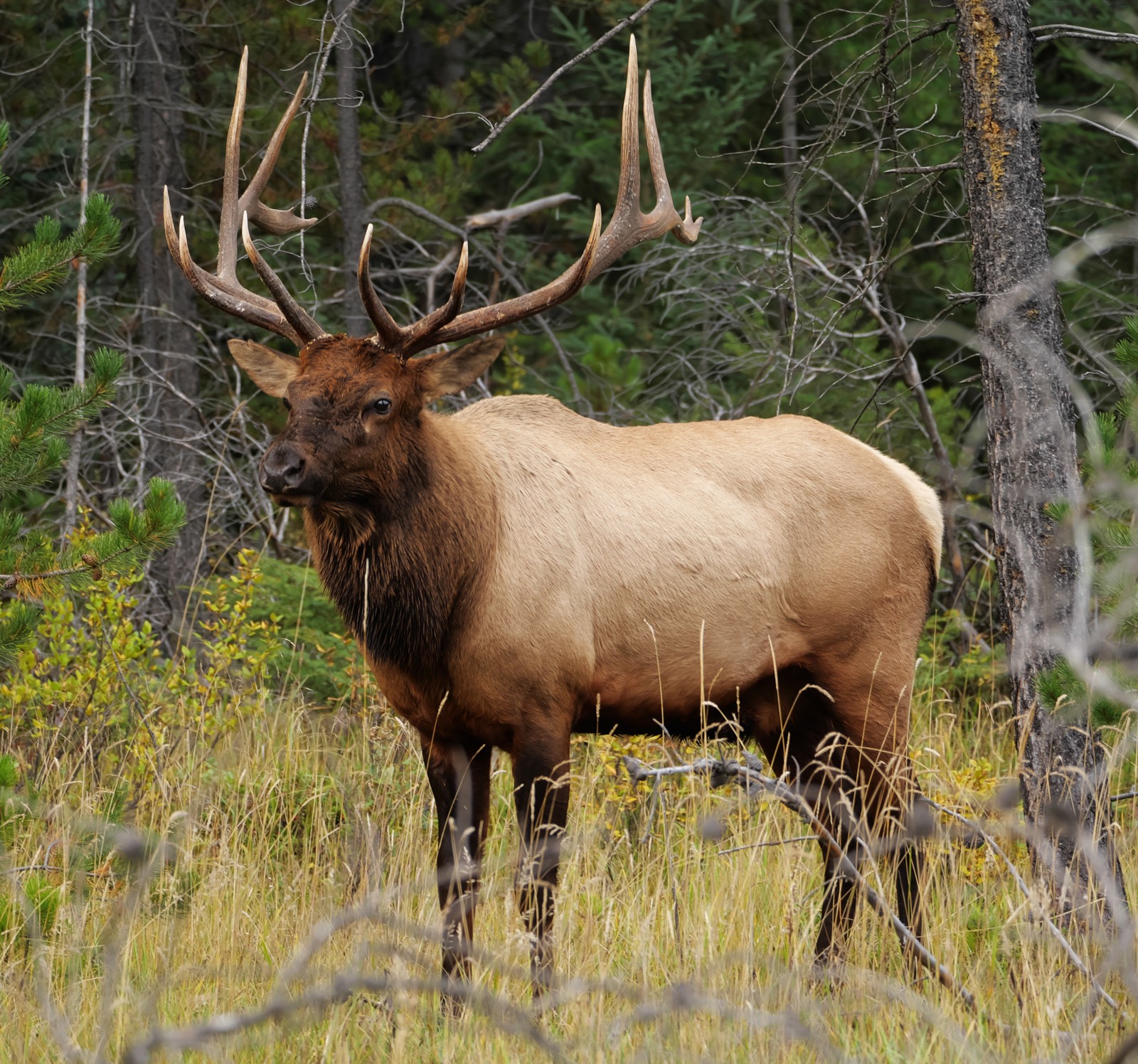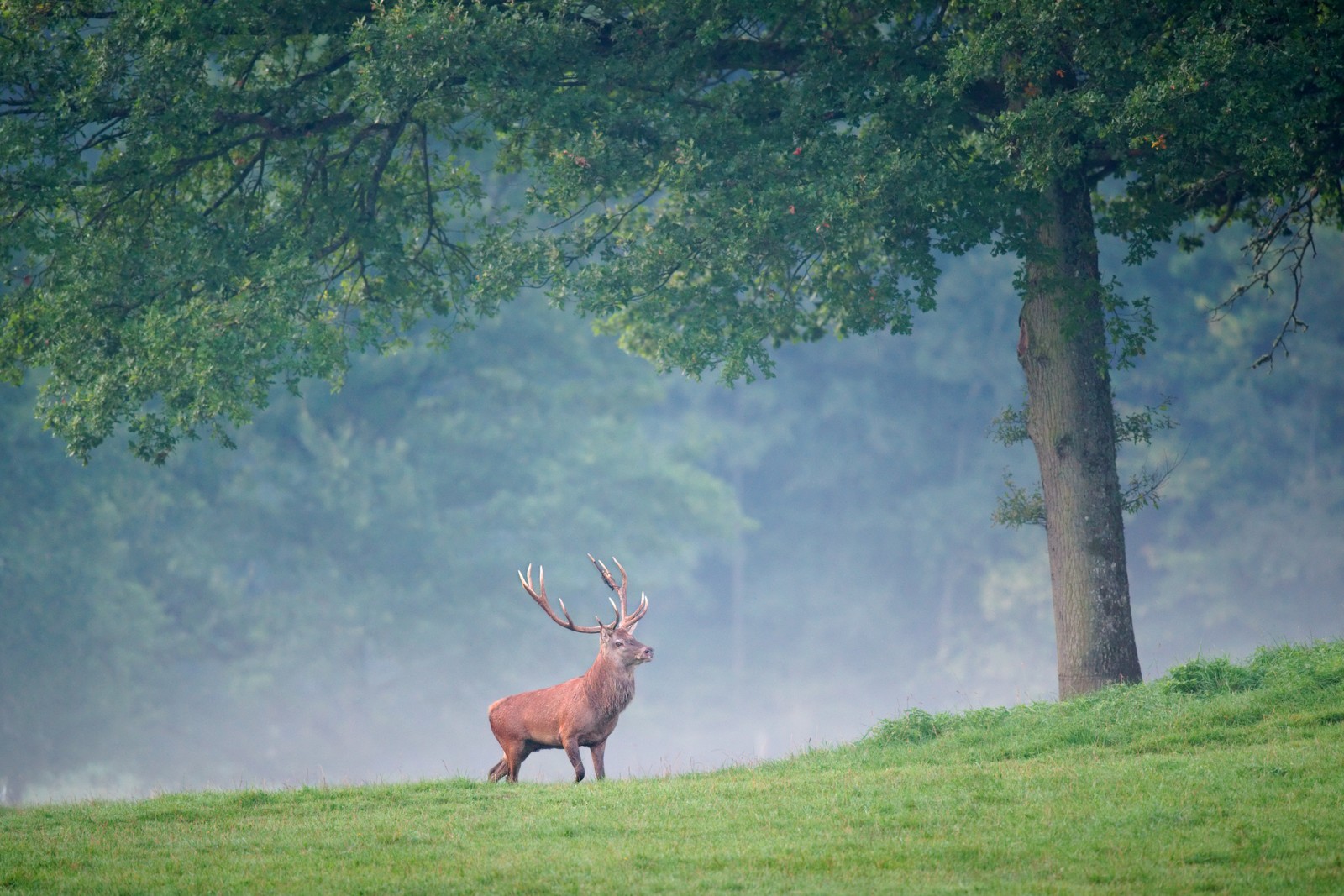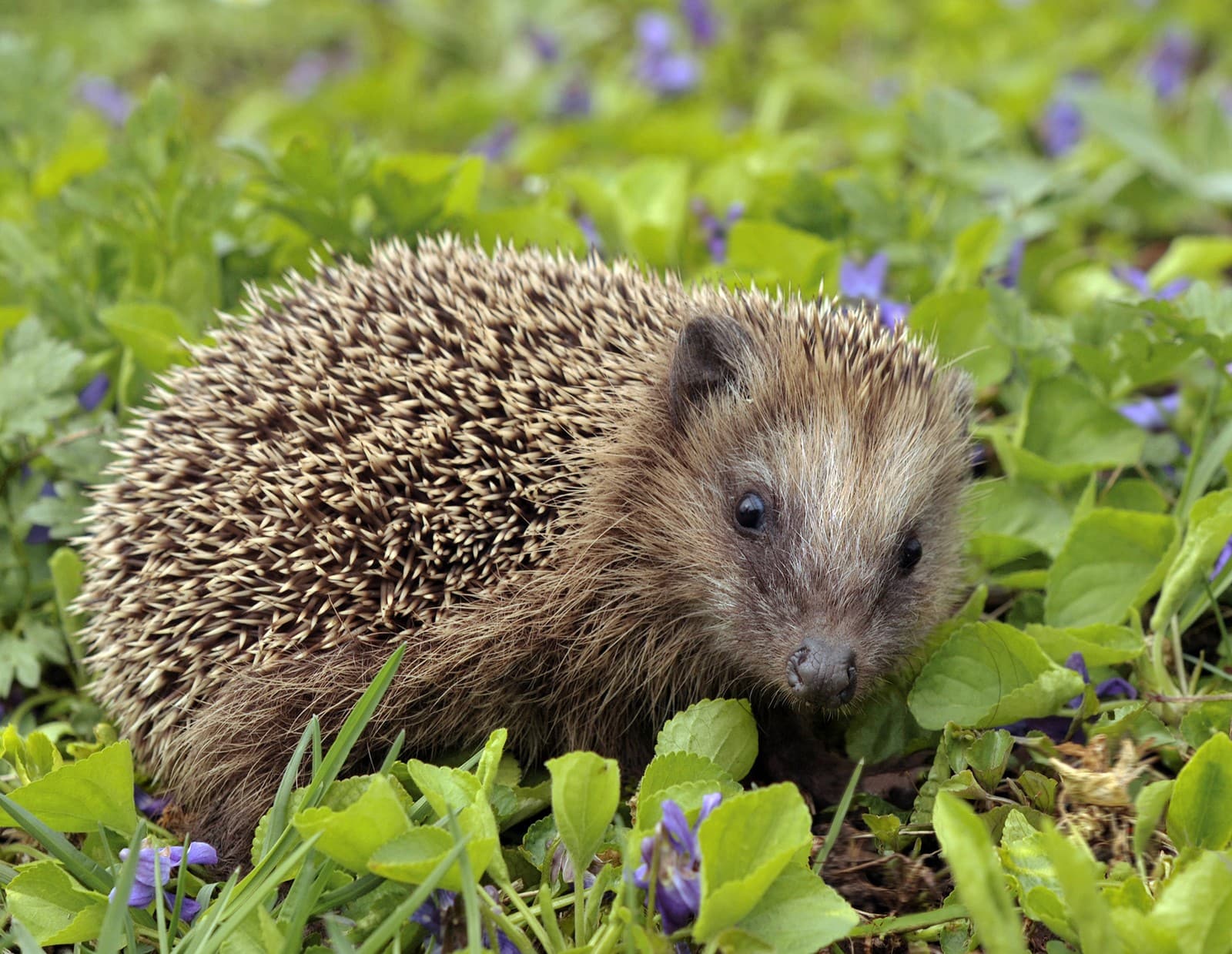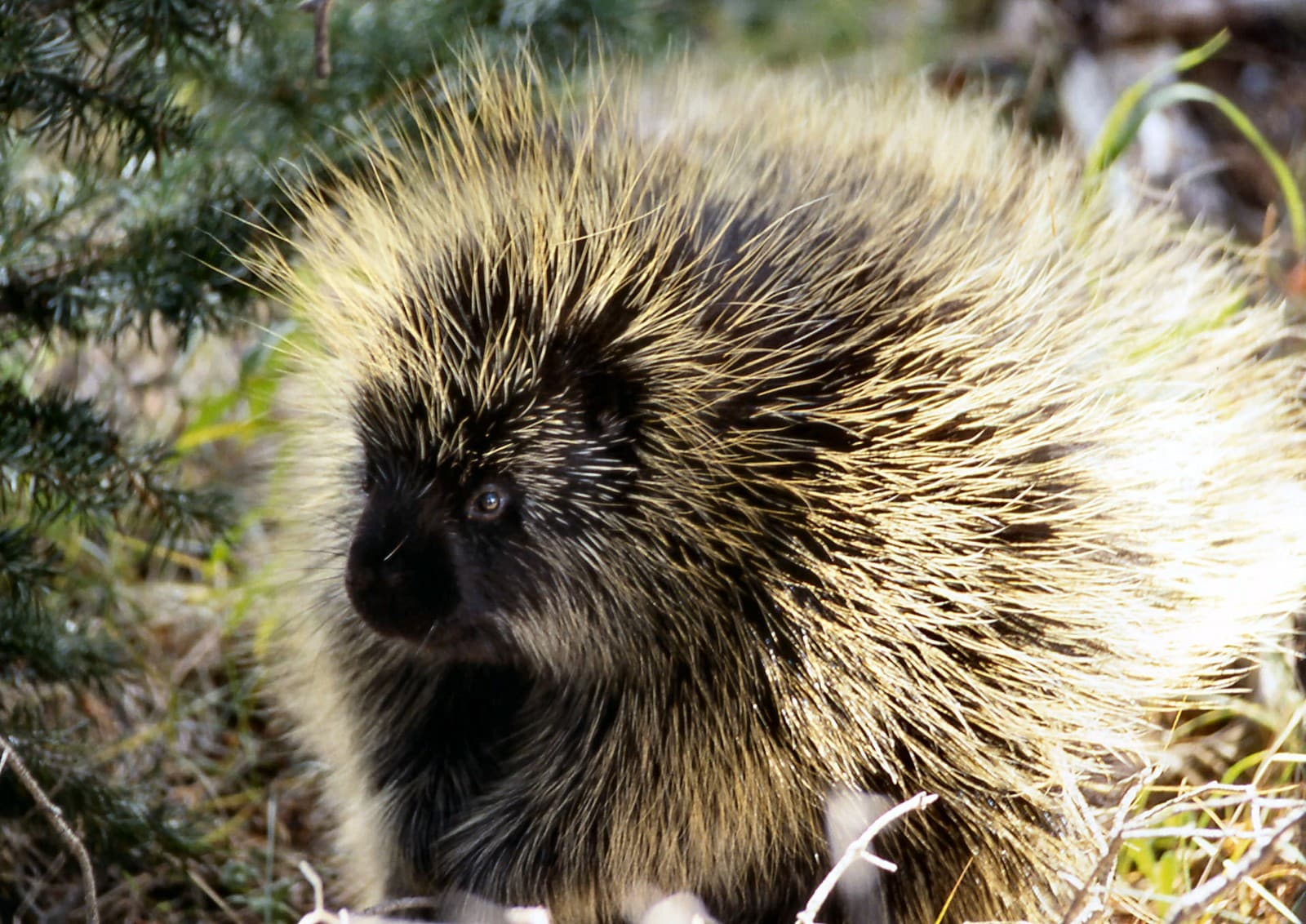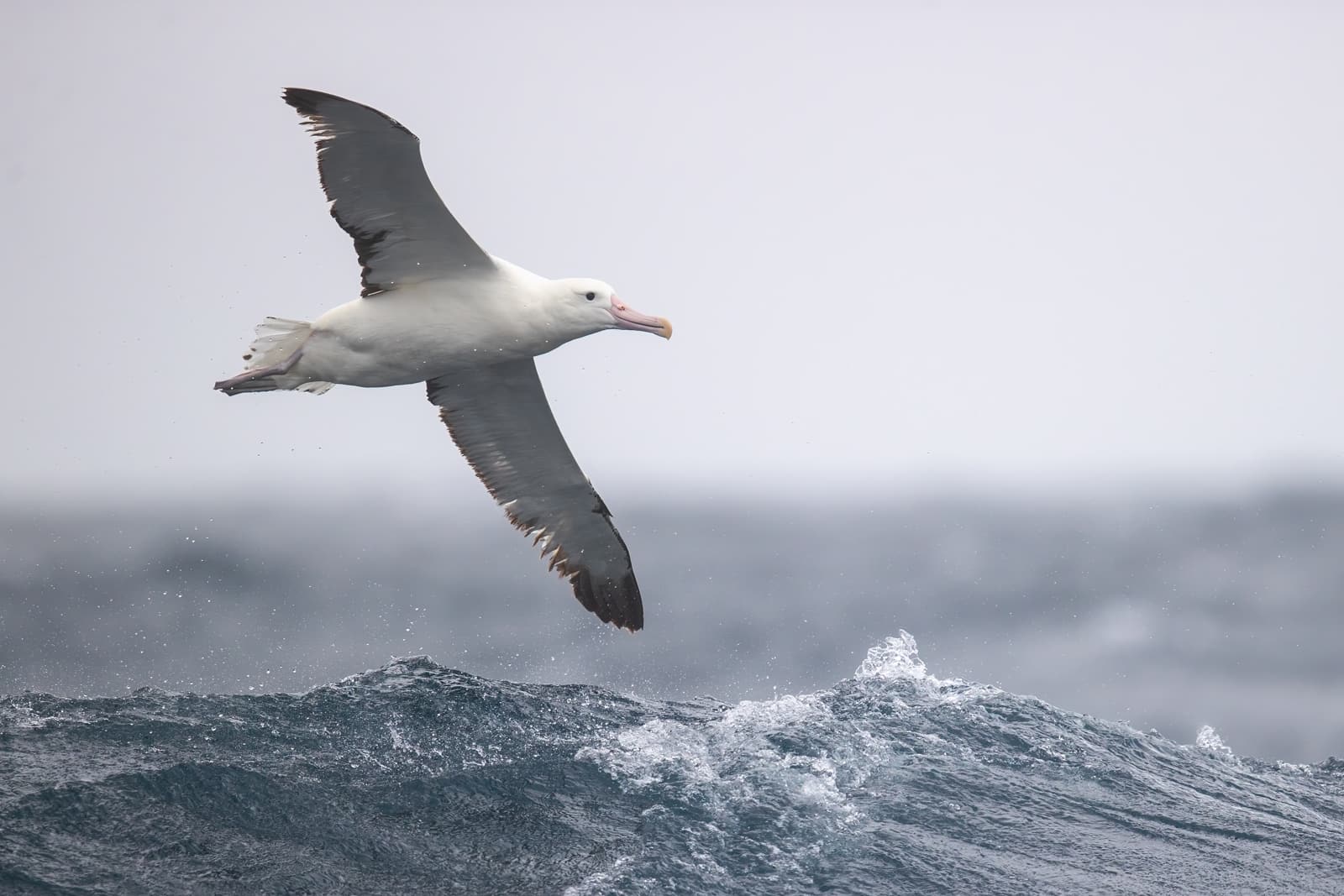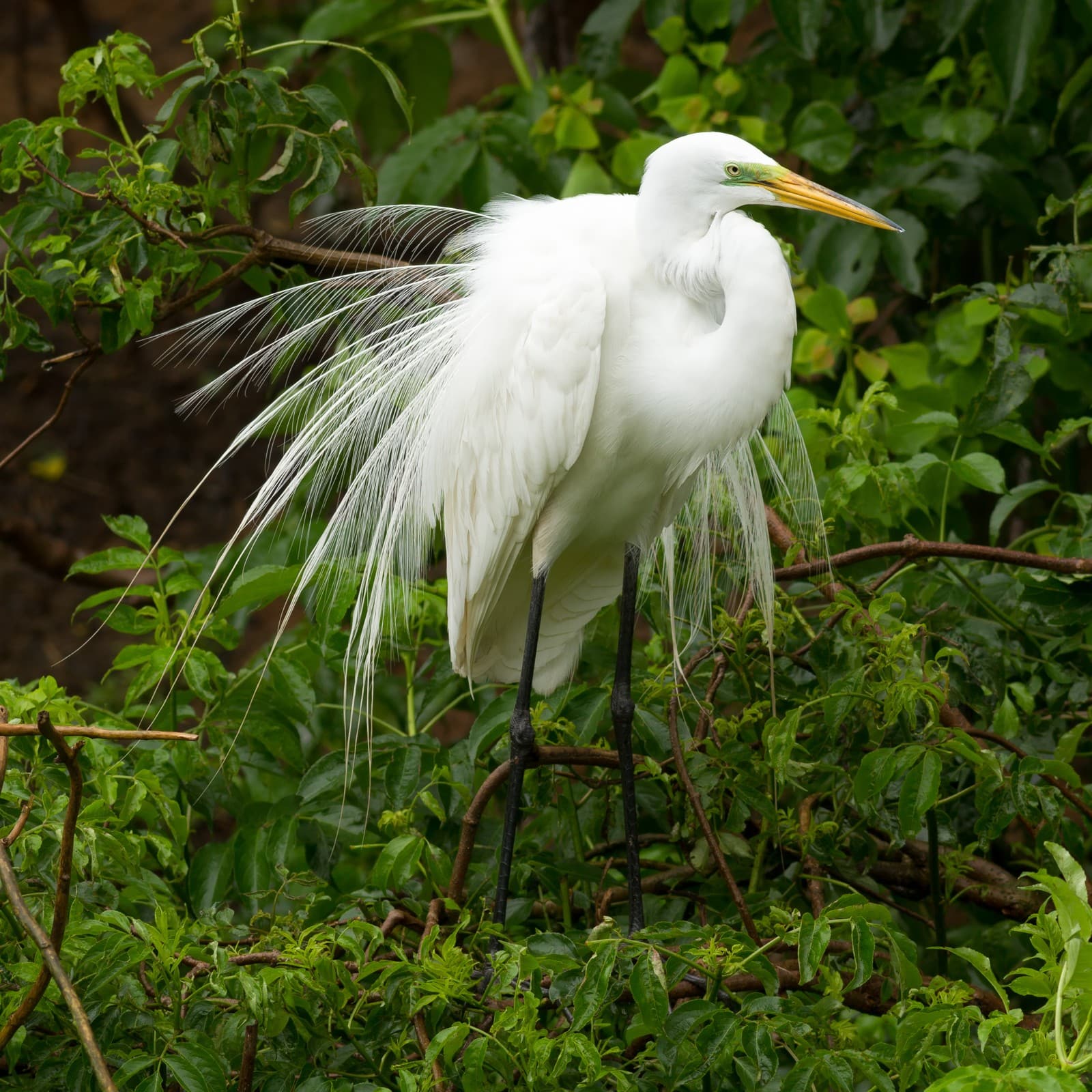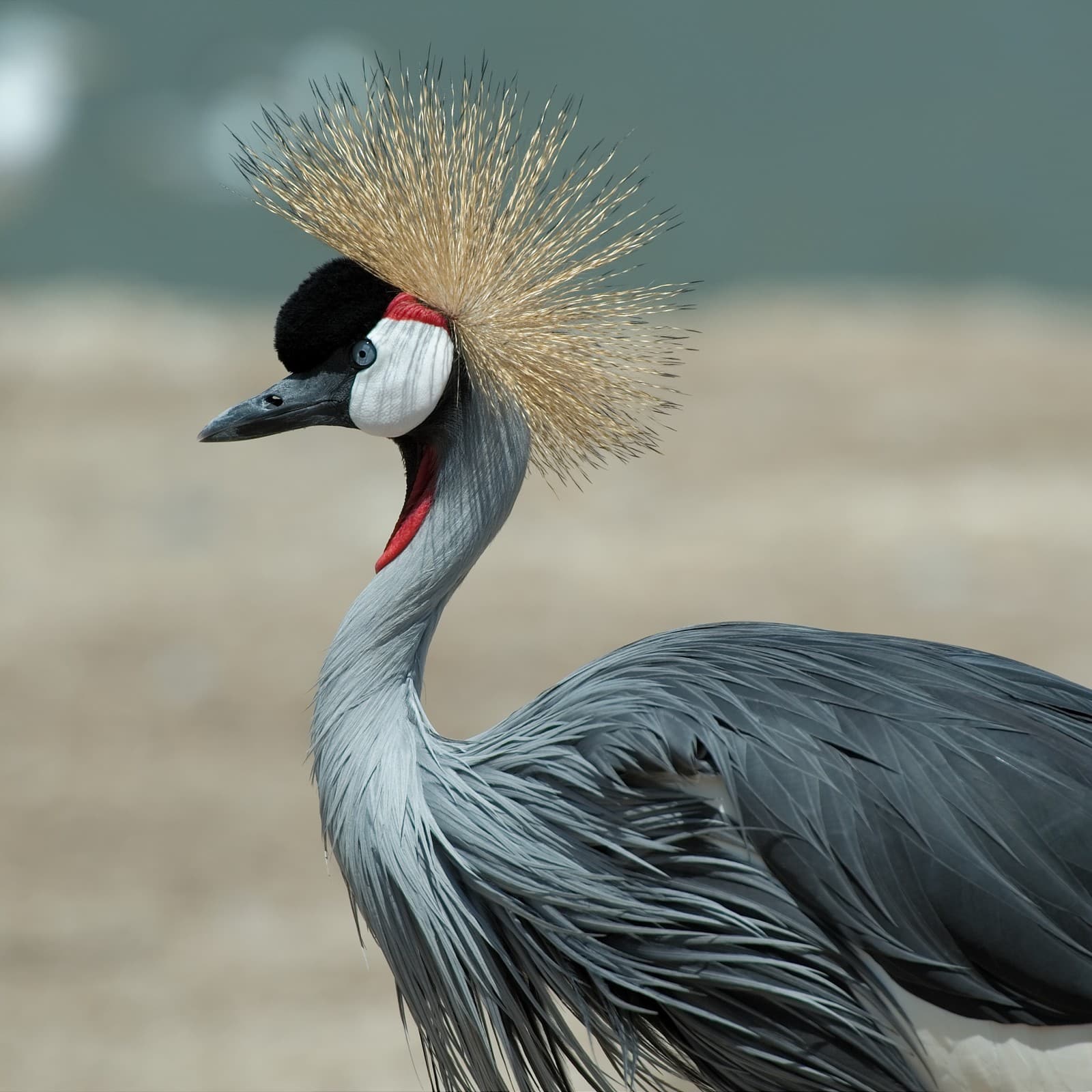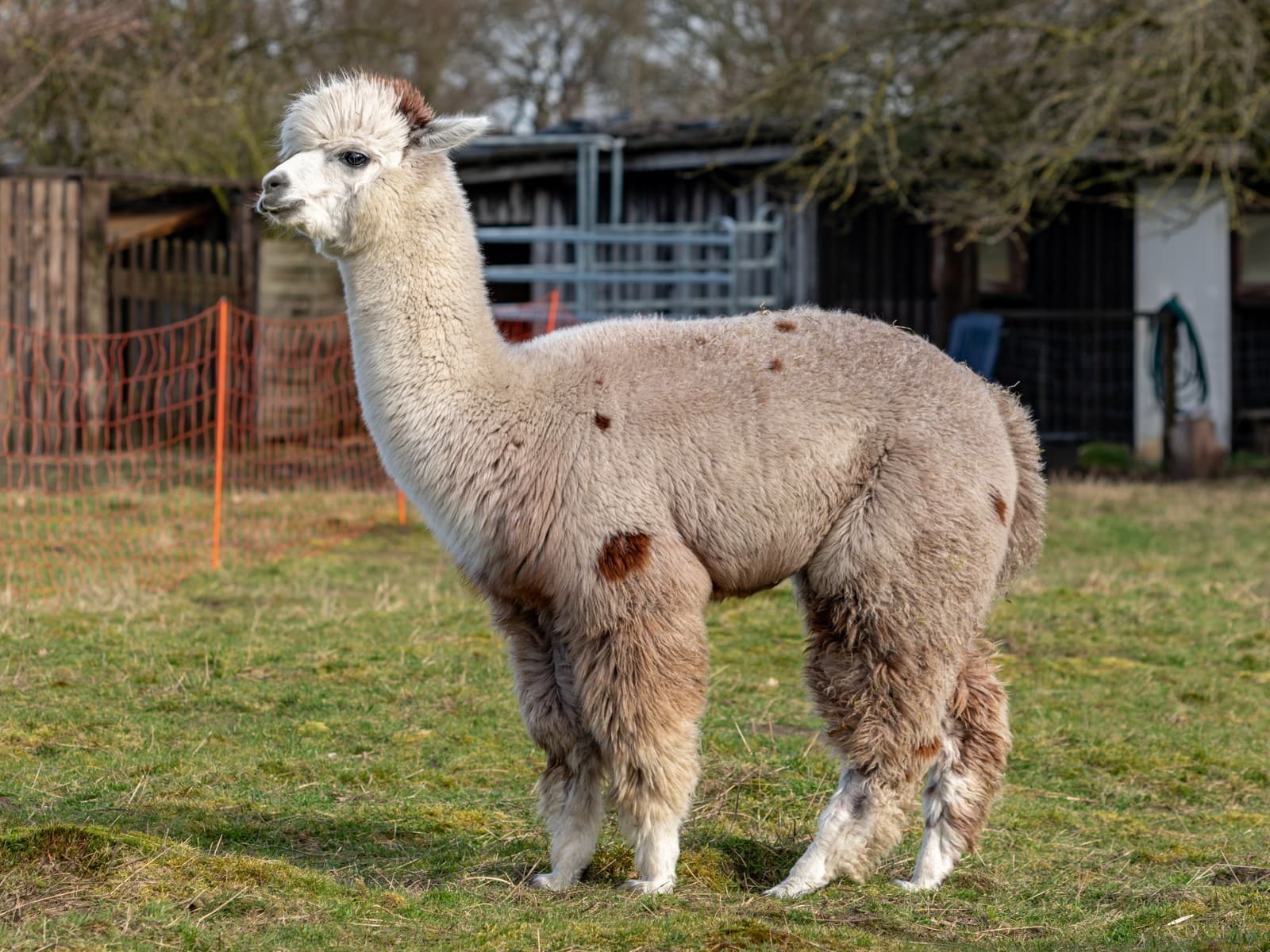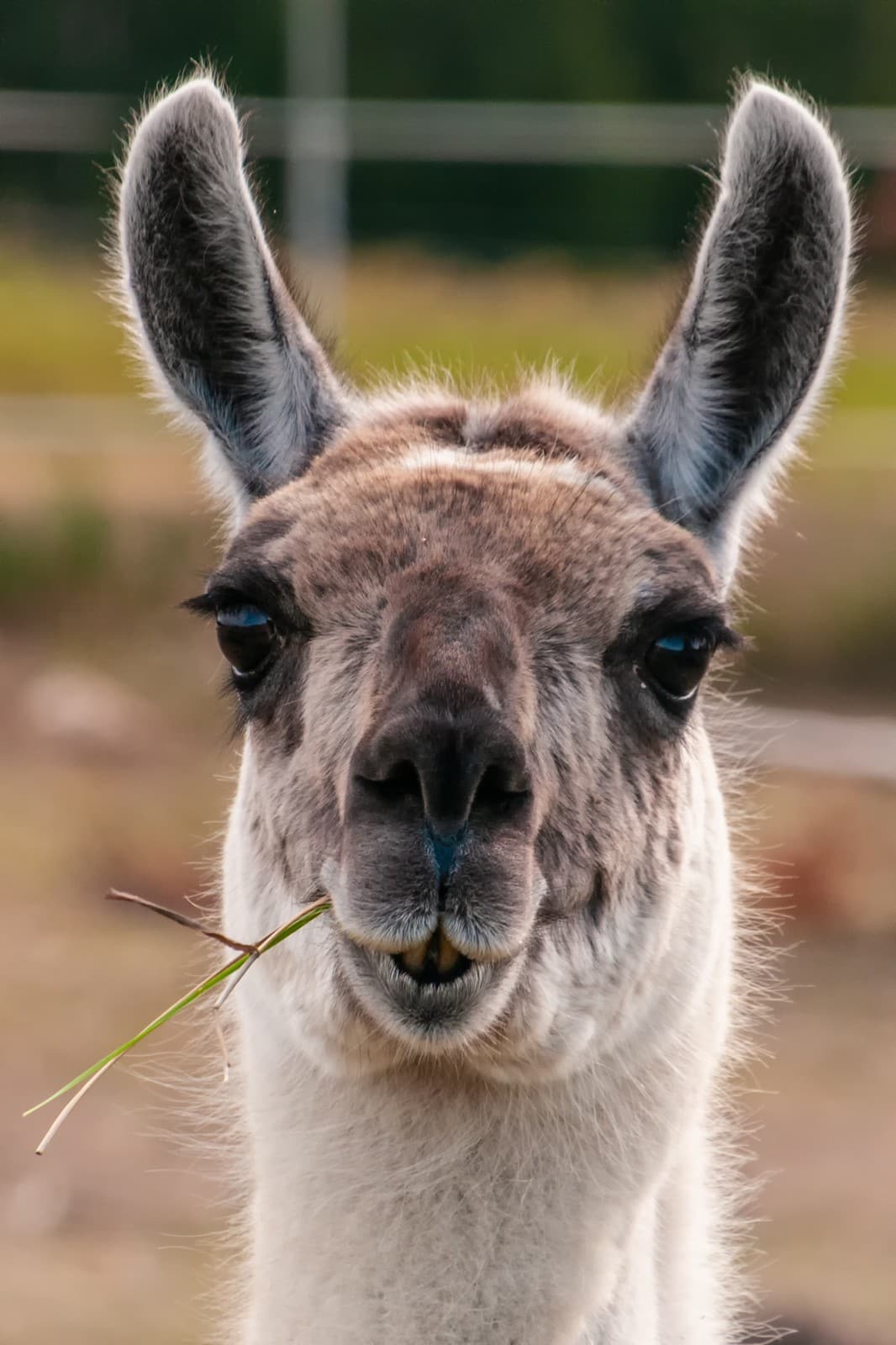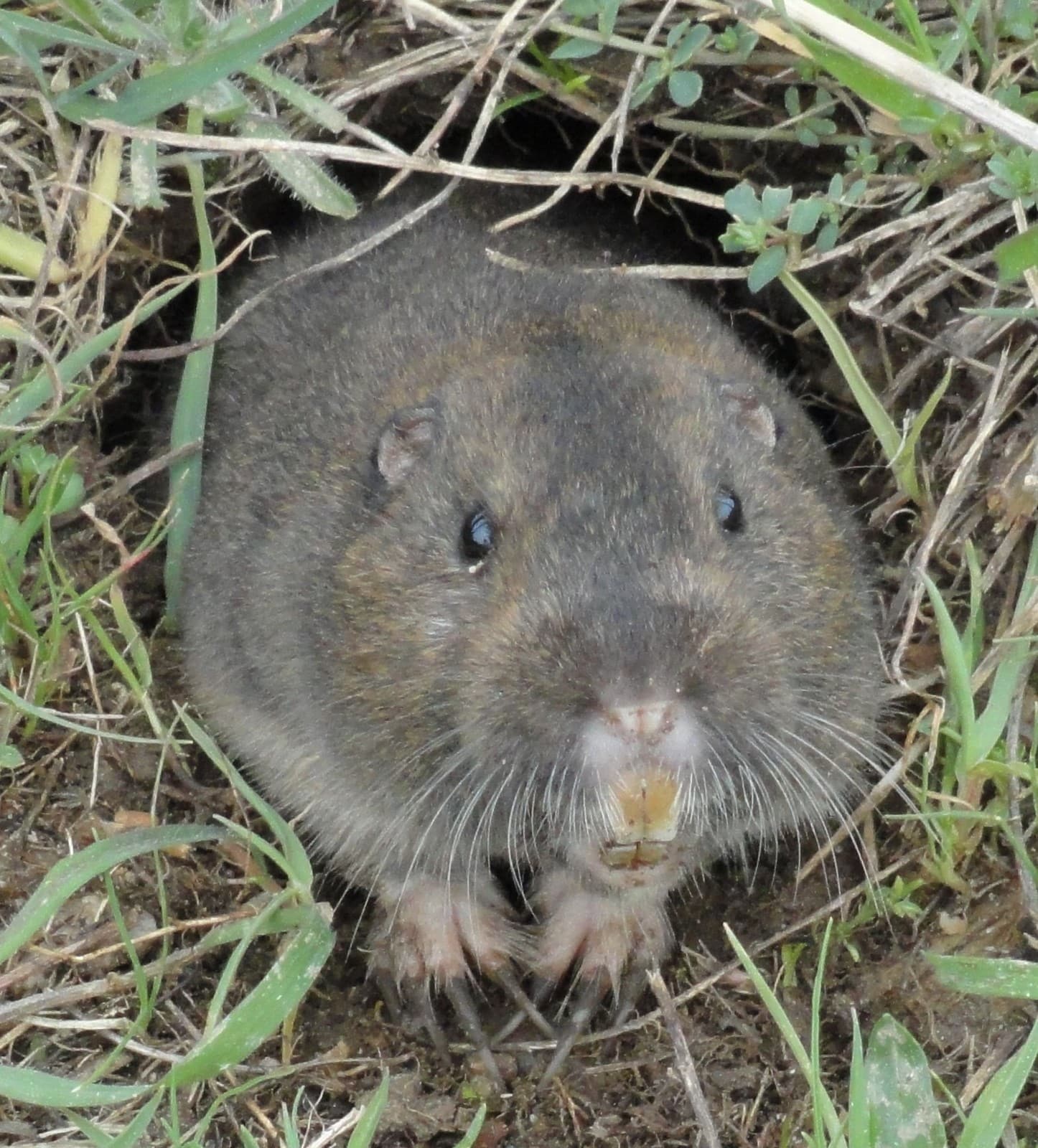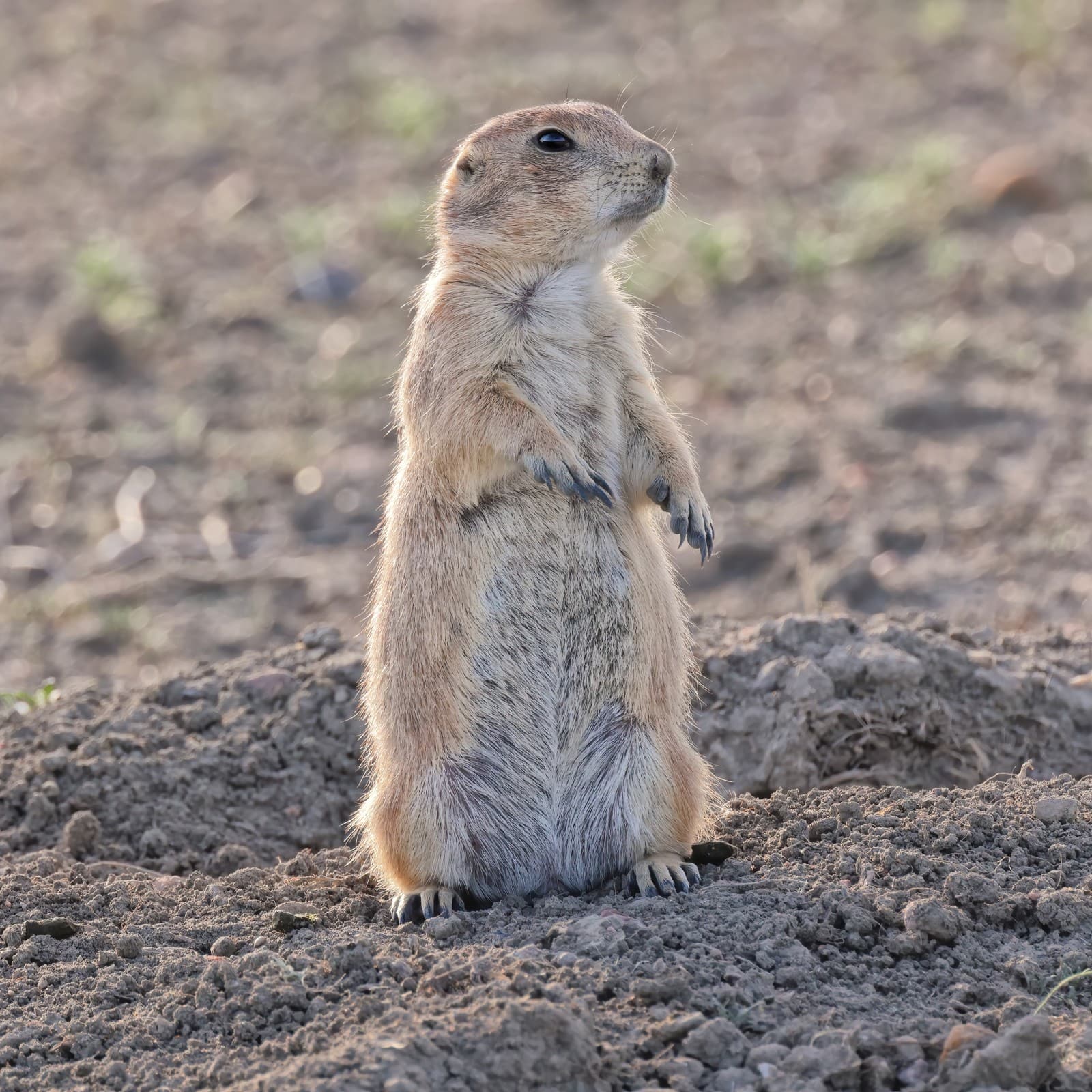Moose vs Elk: A Complete Comparison
When comparing moose vs elk, these magnificent members of the deer family (Cervidae) showcase distinct differences in size, behavior, and habitat preferences. Moose (Alces alces) stand as the largest deer species, reaching shoulder heights of 6.5 feet (2 meters) and weighing up to 1,500 pounds (680 kg), while elk (Cervus canadensis) typically weigh between 500-700 pounds (227-318 kg).
Despite both being cervids, these species evolved to occupy different ecological niches. Moose are solitary browsers adapted to forest environments and wetlands, while elk are social grazers that thrive in mixed woodland-meadow landscapes. Understanding these differences helps explain their unique roles in North American ecosystems.
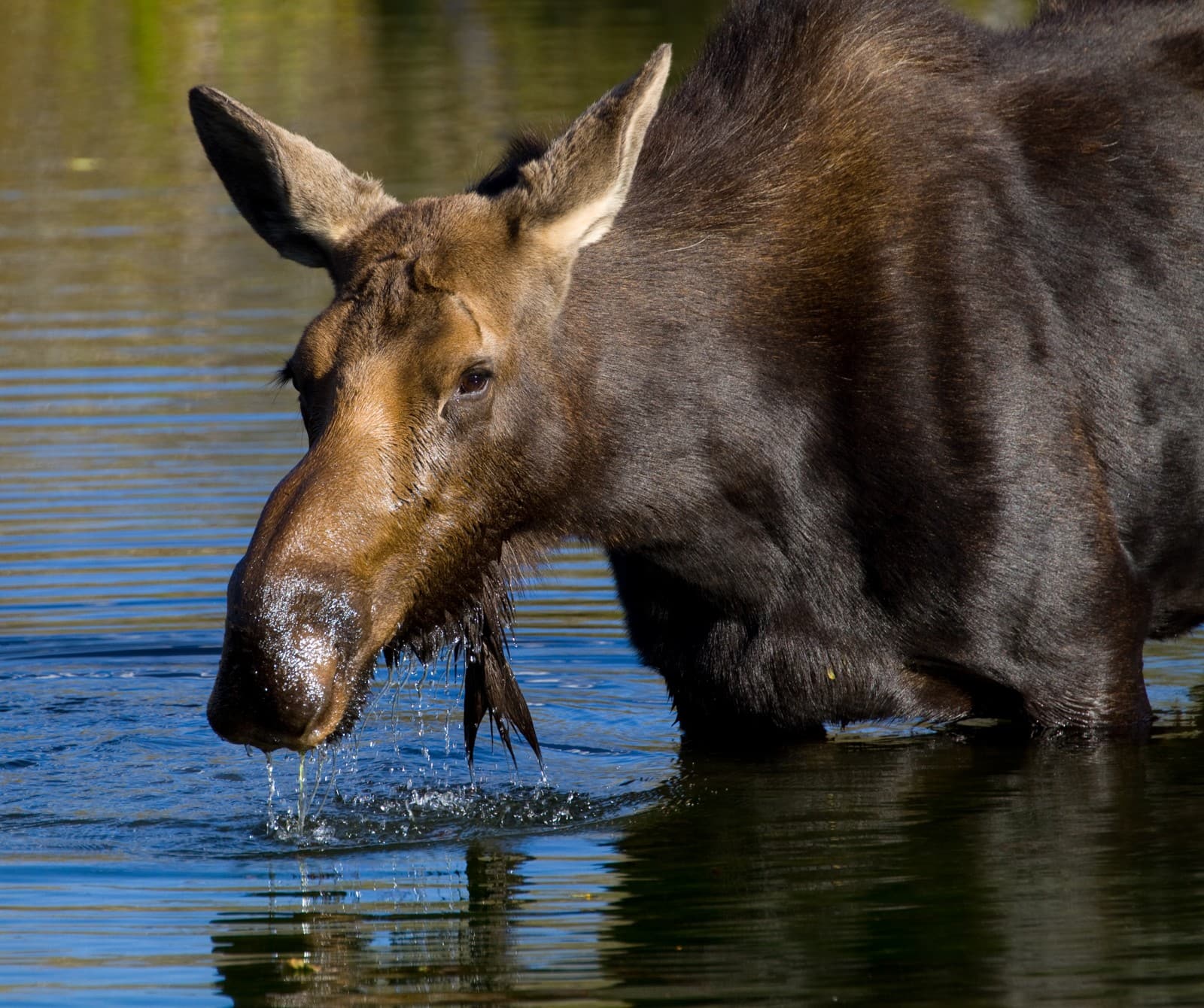
© Tony Hisgett from Birmingham, UK / CC BY 2.0
A female moose demonstrates typical aquatic feeding behavior, showcasing the species’ adaptation to wetland environments. Notice the distinctive long snout and pendant bell beneath the throat, key features distinguishing moose from their elk cousins.
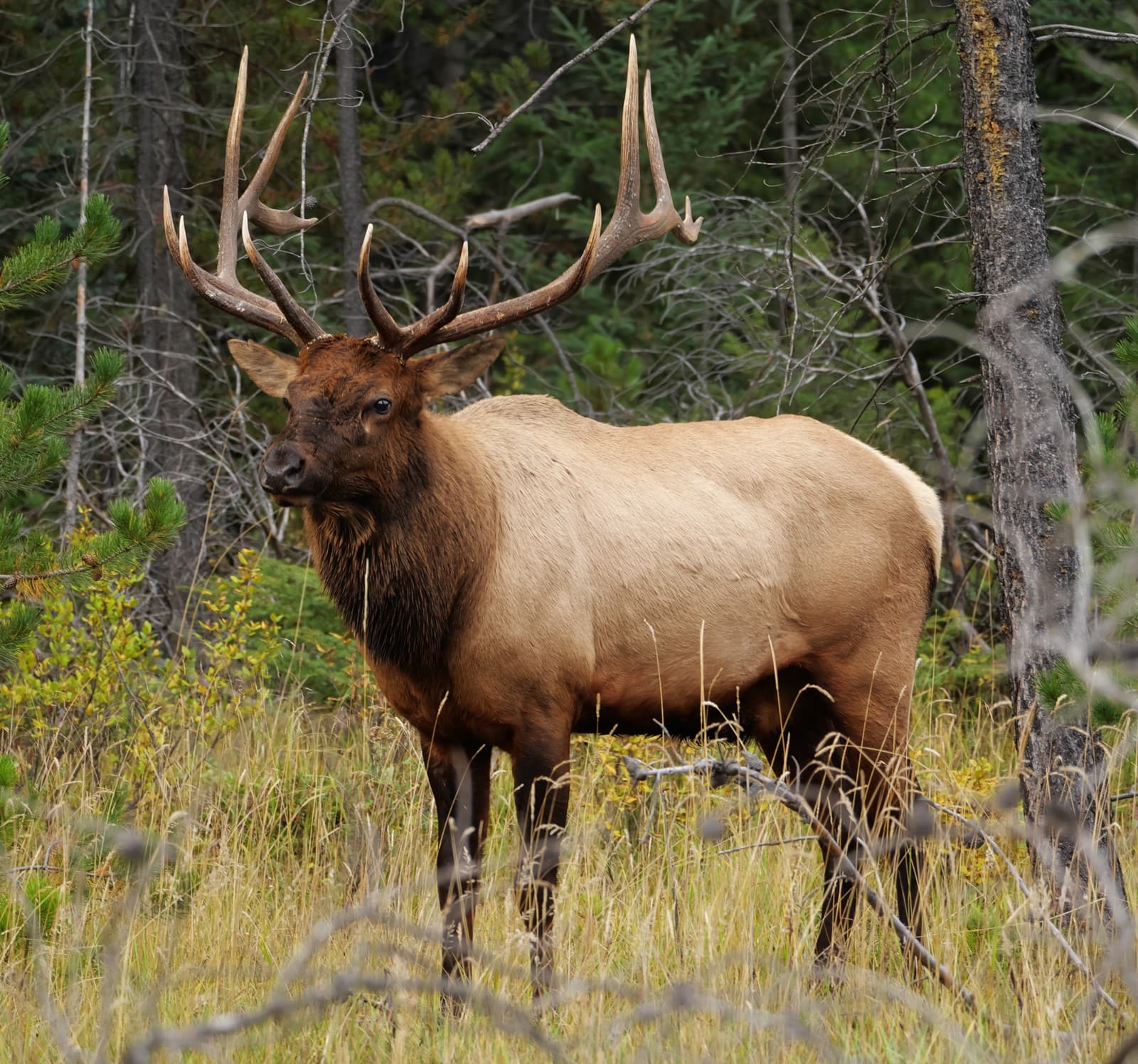
© Membeth / CC0
A bull elk exhibits the species’ characteristic lighter coat and branched antlers. The grassland habitat and upright posture illustrate key differences from moose behavior and preferred environment.
Key Physical and Behavioral Differences
| Feature | Moose | Elk |
|---|---|---|
| Size | 800-1,500 lbs (363-680 kg) | 500-700 lbs (227-318 kg) |
| Shoulder Height | 5.6-6.5 ft (1.7-2 m) | 4-5 ft (1.2-1.5 m) |
| Antler Shape | Palmate (paddle-shaped) | Branched with multiple points |
| Social Behavior | Solitary | Herds of 20+ individuals |
| Habitat | Dense forest & wetlands | Mixed woodland & meadows |
| Diet | Browser (leaves, twigs, aquatic plants) | Grazer (grass, herbs) |
Habitat and Distribution
Moose and elk have evolved to occupy different ecological niches across North America. Moose prefer boreal and mixed deciduous forests with abundant wetlands, ranging from Alaska through Canada and into the northern United States. Their long legs and specialized snout allow them to wade into deep water to feed on aquatic vegetation.
Elk demonstrate more flexibility in habitat selection, thriving in mixed environments from mountain meadows to coastal rainforests. They require a combination of open grazing areas and forest cover, typically at elevations between 3,000-10,000 feet (914-3,048 m).
Social Structure and Behavior
Moose Social Patterns
Moose maintain a primarily solitary lifestyle, with females only grouping temporarily with their calves. During breeding season (September-October), bulls become territorial and compete for mating rights, but these interactions are brief and intense.
Elk Social Organization
Elk form complex social hierarchies within herds, often numbering 20 or more individuals. Females (cows) lead family groups year-round, while bulls form bachelor herds outside the breeding season. During the rut, dominant bulls gather and defend harems of females.
Who Would Win in a Confrontation?
When analyzing potential confrontations between moose and elk, size becomes the determining factor. Adult moose significantly outweigh elk and possess several advantages:
- Greater mass (400-800 lbs/181-363 kg heavier)
- Taller shoulder height (1-2 ft/0.3-0.6 m difference)
- Larger antler spread in bulls
- More aggressive territorial behavior
While elk are formidable animals, their evolution favored speed and agility over raw power. In natural settings, these species rarely compete directly due to different habitat preferences and dietary needs.
Conservation Status and Threats
Both species face challenges from habitat loss and climate change, but their responses differ:
- Moose populations are declining in southern ranges due to heat stress and parasites
- Elk show greater adaptability to changing conditions but face pressure from human development
- Both species require large connected habitats for seasonal migration
- Vehicle collisions pose significant risks in developed areas
Understanding these differences helps wildlife managers develop species-specific conservation strategies while maintaining healthy populations of both magnificent deer species.
